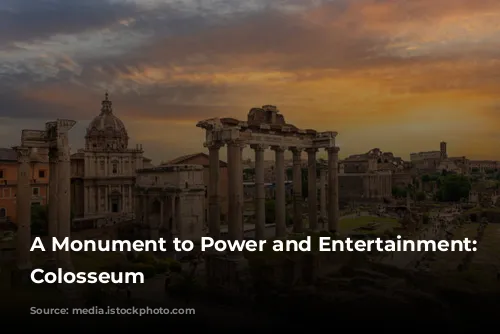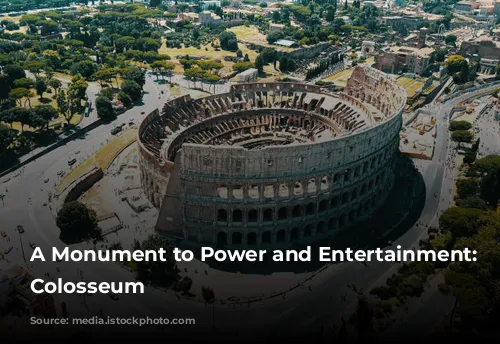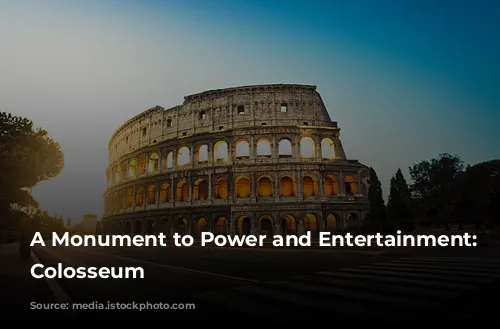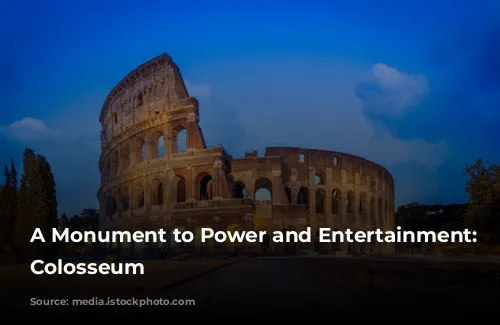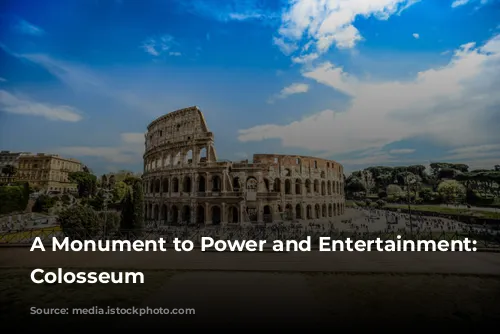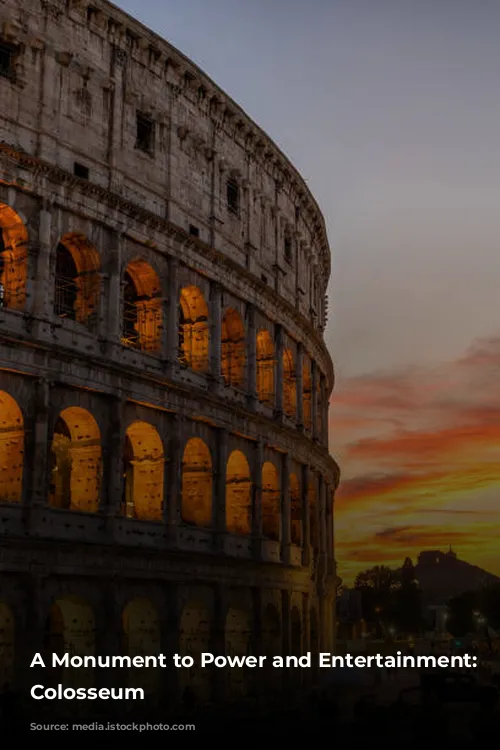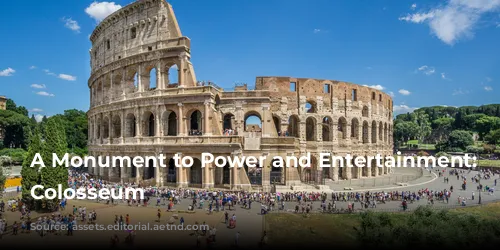The Colosseum, a towering stone amphitheater, stands as a testament to the grandeur and spectacle of ancient Rome. This iconic landmark, located just east of the Roman Forum, was a gift from Emperor Vespasian of the Flavian dynasty to the Roman people, commissioned around A.D. 70-72. It was a symbol of the Flavians’ ambition to rebuild and restore Rome after a period of turmoil.

A Time of Transition and Rebuilding
Rome had endured a tumultuous period after the death of the infamous Emperor Nero. A series of civil wars ensued, with four emperors taking the throne in a single year. Vespasian, the fourth and final emperor to claim the throne in this turbulent year, emerged victorious and reigned for ten years (A.D. 69-79). He, along with his sons Titus and Domitian, known collectively as the Flavian emperors, sought to rebuild and restore the Roman Empire. Their goals were to curtail the excessive extravagance of the Roman court, reassert the authority of the Senate, and promote public welfare.
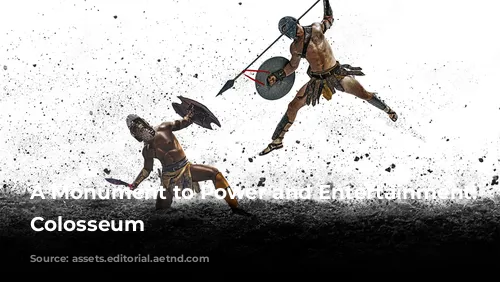
A New Arena for Entertainment
To further their commitment to the Roman people, Vespasian reclaimed the land where Nero had built a vast palace for himself following a devastating fire in A.D. 64. This land, known as the Golden Palace, was declared a site for a new amphitheater – a place where Romans could gather and enjoy gladiatorial combats and other forms of entertainment.
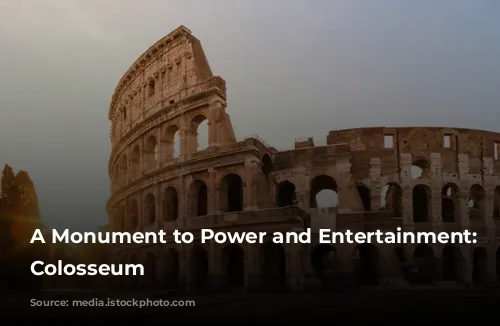
A Monument to Roman Ingenuity
After nearly a decade of construction, a remarkably short time for such a massive project, Titus officially dedicated the Colosseum in A.D. 80 with a grand festival lasting a hundred days. He had become a beloved ruler for his role in leading the recovery effort after the devastating eruption of Mount Vesuvius in A.D. 79, which destroyed the cities of Herculaneum and Pompeii. The final stages of the Colosseum’s construction were completed under the rule of Domitian, Titus’ brother and successor.
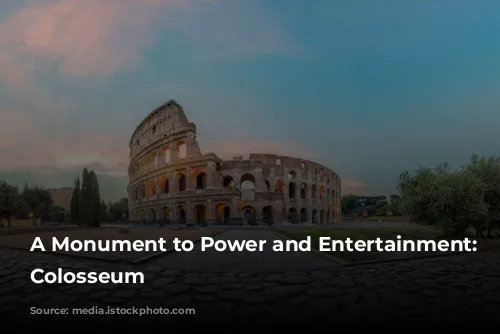
A Masterpiece of Engineering
The Colosseum was an architectural marvel. Measuring 620 by 513 feet (190 by 155 meters), it was the largest amphitheater in the Roman world. Unlike earlier amphitheaters, which were built into hillsides for support, the Colosseum stood proudly as a freestanding structure, built with stone and concrete. The distinctive exterior showcased three tiers of arched entrances, approximately 80 in total, supported by graceful, semi-circular columns. Each tier featured a different architectural order, starting with the simple Doric at the base, followed by the Ionic, and topped by the ornate Corinthian order. Near the main entrance stood the Arch of Constantine, erected in A.D. 315 to commemorate Constantine I’s victory over Maxentius at Pons Milvius.
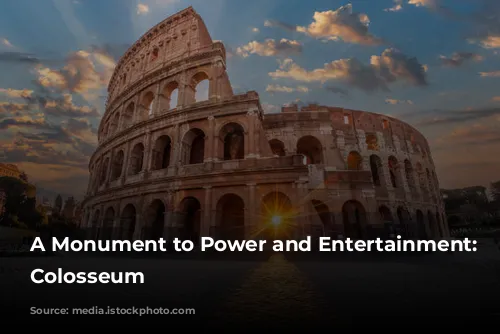
A Stage for Spectacle and Brutality
Inside the Colosseum, more than 50,000 spectators could find a seat, likely arranged by social rank and tightly packed. Imagine the anticipation as they watched gladiatorial combats, hunts, wild animal fights, and even mock naval battles – the arena could be flooded with water for these dramatic events. While the majority of combatants were men, there were also some women gladiators. Gladiators were often enslaved individuals, condemned criminals, or prisoners of war.
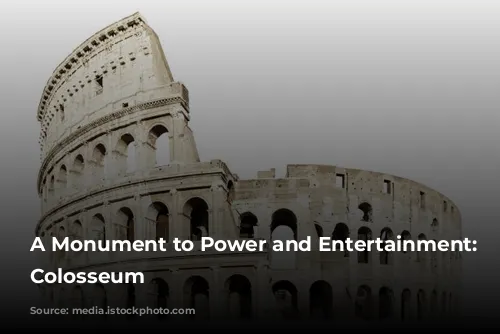
The Colosseum: From Glory to Neglect
The Colosseum witnessed four centuries of active use, until the decline of the Western Roman Empire and a shift in public tastes led to the end of gladiatorial contests and other large public events in the 6th century A.D. Even before this, the arena had suffered damage from natural disasters such as lightning strikes and earthquakes.
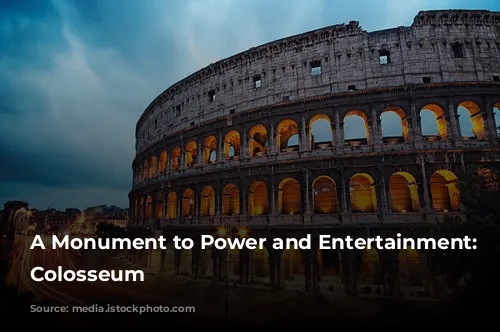
A Stone Quarry: The Colosseum’s Forgotten Years
Over the centuries, the Colosseum was abandoned and used as a source of building materials for projects like the cathedrals of St. Peter and St. John Lateran, the Palazzo Venezia, and defensive fortifications along the Tiber River. Starting in the 18th century, however, various popes began to recognize the arena’s historical significance and made efforts to preserve it as a sacred Christian site. The Colosseum’s connection to early Christian martyrs remains uncertain.
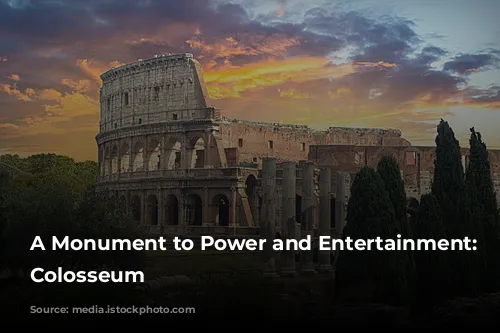
A Symbol of Time’s Passage and Resilience
By the 20th century, weather, natural disasters, neglect, and vandalism had left the Colosseum in a state of disrepair. Almost two-thirds of the original structure, including its marble seats and decorative elements, were lost. Restoration efforts began in the 1990s and continue today, ensuring that the Colosseum remains a popular tourist destination and a powerful symbol of Rome’s long and turbulent history.
